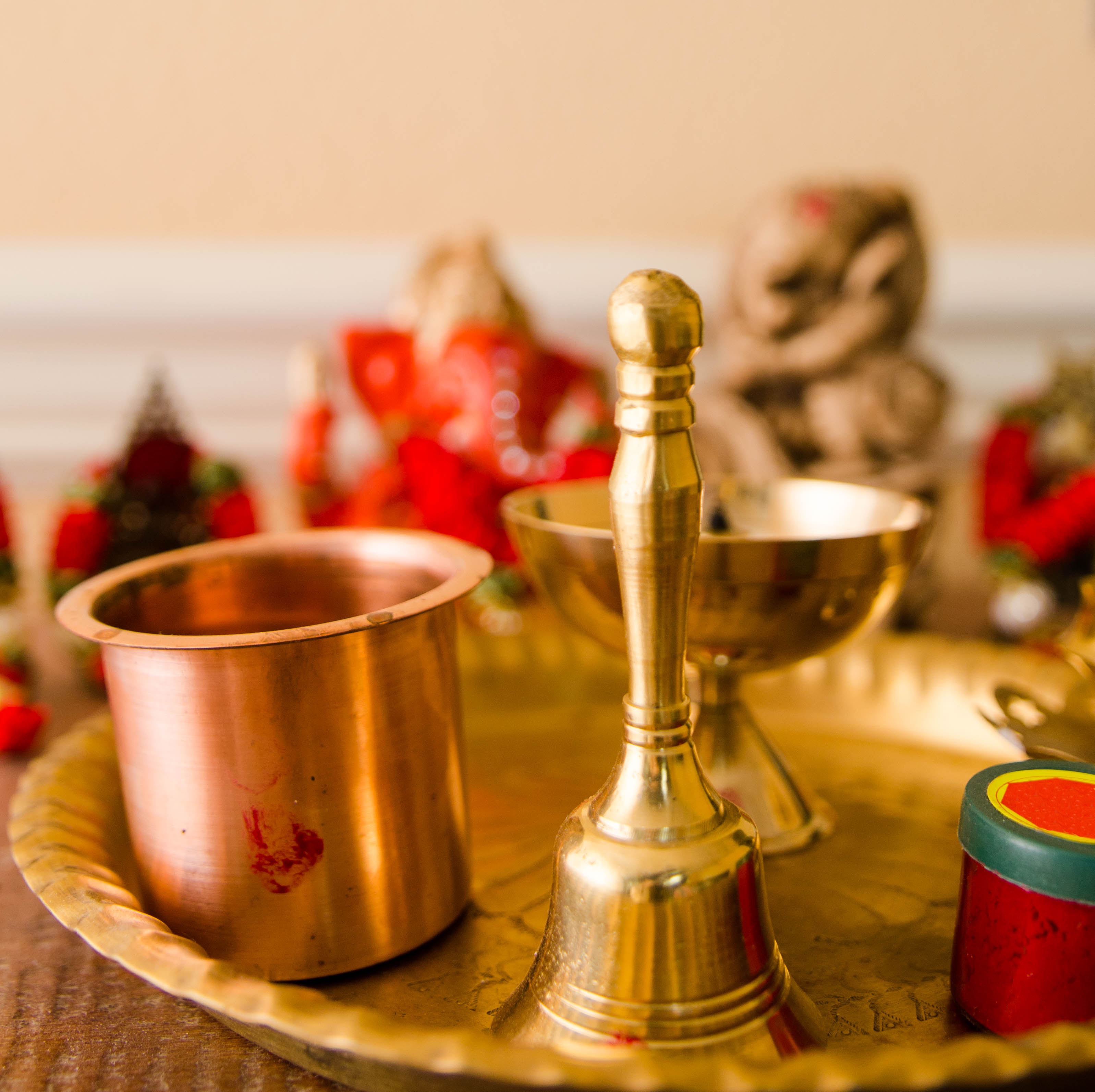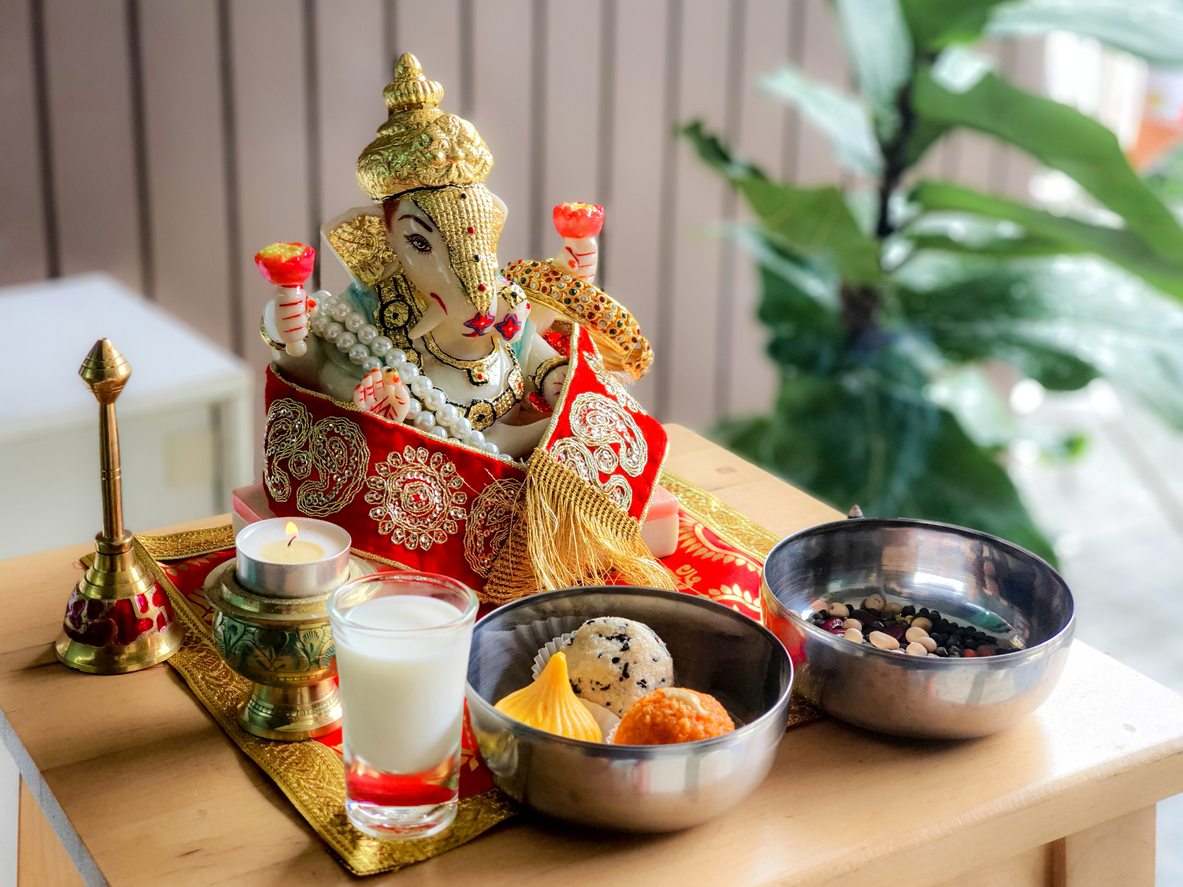Indian Home Visits: The Dos and Donts
Visiting an Indian Family
“Namasthey”, “vaanga”, “varuga-varuga” and “welcome” are some commonly heard greetings when guests arrive at an Indian home, where Hinduism is commonly practised, in Singapore.
Hospitality is at the core of the Hindu culture and is rooted in an old Sanskrit saying ‘Atithi Devo Bhava’, which means “guests are the forms of God”.
Symbols of welcome and worship

Guests often find the doorways of Indian homes decorated with kolams, which means “beauty” in Tamil. These are intricate patterns traditionally formed with rice powder to welcome the goddess Lakshmi, who is believed to bring wealth and good fortune into homes. Nowadays, kolams are also drawn with chalk or applied as stickers.
A string of mango leaves, known as maavilai thoranam, may also be hung at the main door frame to welcome auspiciousness and keep out negative energy.
Guests are welcome to admire these displays of spiritual significance but should refrain from touching them.
Making the first contact
The family structure follows a hierarchical system in Indian culture. Elders are revered and accorded the highest status at home.
Greeting the elders first upon meeting an Indian family is not only a polite gesture, but also a sign of respect and affirmation of the host’s familial values.
Guests are often offered a glass of water upon arrival. This is a practice dating back to ancient times, when people had to walk miles under the scorching sun to make a visit without efficient means of transport. Water provided much-needed cool relief then.
Even though times have changed, this gesture remains rooted in today’s practices.
Bringing gifts
If a guest wishes to bring along a gift, items for the home, such as a vase or tea set, or a nice box of chocolates generally make good presents.
The general practice is to offer the seniors in the house fresh fruits, such as mangoes, apples and grapes, to seek their blessings. Today, dried produce such as cashew, almonds and dates, have also become common choices.
Flowers are also appreciated. However, do note that those typically found in wreaths that are meant for funeral use, such as the frangipani, should be avoided.
Considering that cows are sacred to Hindus, leather goods made from cowhide are not suitable as gifts.
Dining etiquette
When having a meal with an Indian family at their home, guests do not have to feel too stressed over adopting the dining style of the host.
Because of the Ayurvedic view that nerve endings on the fingertips stimulate digestion, Indians usually eat with their hands – although forks are typically used for noodle dishes.
Guests can feel free to try following this custom – but do remember to use the right hand, not the left, for eating. However, if this is too difficult to master, asking for utensils is totally acceptable.
Hindus do not consume beef. Many Indians are also vegetarians, so their meals tend to consist of a variety of vegetables and legumes. With or without meat, the spread promises to be a culinary delight – packed with flavours and rich in spices.
Due to their hospitable nature, Indian hosts may nudge guests to have more food. It would be polite to oblige to show appreciation for the food and the effort taken to prepare it.
As Indians believe in not wasting food, it is good to finish everything on the plate. The custom is to wait for everyone to be done eating before leaving the table.
Being around worship spaces

At Hindu homes, there are altars where statues or pictures of Hindu gods are displayed. These are sacred spaces where the families pray and perform their worship rituals.
There is no need for guests to make any gesture of worship at the altars; just being respectful around these areas would suffice.
Some practical considerations include not touching anything or putting any personal belongings on the altars, and keeping children from playing near them.

